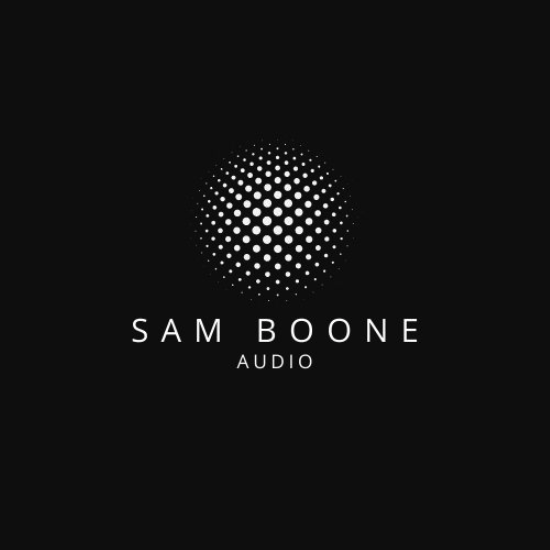How to MeAsure In Ear Monitors

Consistency
As live sound technology has evolved over the years, ensuring consistent audio for performers onstage has become a science as much as it’s always been an art. With in-ear monitors (IEMs) now often being critical for artist performance, we are beginning to see a rise in measurement tools being used to achieve accuracy and reliability—both on stage and for engineers behind the console.
The consistency provided by these devices helps to minimize the drastic effects of ever changing environments, blocking out sounds and chaos just as much as sealing in a personal mix.
There’s just one problem. The custom part of a pair of custom IEMs means that a set of in-ears only fits one person’s ears. Often leading to monitor engineers struggling to match a make and model of monitor to that of the artist in order to have an accurate representation of what their artist is hearing on stage. Even worse, how do you tell when monitors are starting to go, or when a driver breaks. Apart from trying to decipher strange new mix changes or attempting to fit a square peg into a round hole so to speak, we’re left to our own devices… our measurement devices that is.
Measurement on Stage
Nowadays we have the ability to use devices like the SLS MiEMi or the Audix TM2 to measure the response of a monitor. I often find it helpful to take a measurement of new monitors straight out of the box to have some baseline data to be able to refer to later if a hardware issue becomes suspected.
Generally when measuring IEMs we are looking for a matching left to right data focusing on the overall trends in the data. I don’t need each magnitude trace line to overlay exactly on top of each other to know that left and right match and are functional. However, I am looking for the same general shape of the data in each range. Applying some smoothing to data can become rather helpful here. If suddenly I have no or no data in a large or at least clearly defined frequency range that’s grounds to think that we may have a hardware issue such as a blown driver or bad cable.
AUDIX TM-2
As uncommon as these tools can be they seem to be growing in popularity. IEM measurement tools happen to be one of the most used tools in my toolkit. The ability to check out hardware and functionality after ears having been dropped, lost, or even just having gone unused for any great length of time can be invaluable.
The TM2 is certainly the “all in one option” coming in at a price point of $1299.00 it’s price point certainly comes with some features not found elsewhere, including a correction curve for the coupler itself. With its built-in microphone and design that doesn’t need a stand for easy use. This device is designed for precise measurements, and convenience above all else, building everything but your preferred measurement software into one device. Additionally this device being so fixed does allow you to calibrate your software and measure just how much SPL your artist is exposing themselves to every night. You can often find these devices in use at many IEM manufacturers in addition to on the road.
The TM-2 can be purchased here: https://www.rationalacoustics.com/products/audix-tm2
SLS Audio Meimi
On the other hand we have the SLS MEiMi. A stand alone coupler designed for use with existing measurement rigs. At $290.00 for a coupler alone, or $550.00 for a coupler and a measurement mic bundled together this is a much easier entrypoint into the IEM measurement market. Now there are some trade offs. Instead of paying for a “all in one” device you do need to build out your kit with a microphone and interface. It is important to note that the MEiMi comes in two different sizes and is designed to be used with any standard measurement mic that involves either a 7mm to 8mm wide measurement mic, such as EMX 7150s and the Audix TM1. I will say that in my personal experience learning to get a consistent measurement with the MEiMi does take some getting used to, especially being careful to not move the earpiece while taking a measurement.
The MEiMi can be purchased here: https://www.millerai.com/shop/p/miemi-m
Overall
However, overall the two devices do give quite similar results.
Regardless of which tool you use, knowing the response of your artists’ IEMs can also allow you to measure the difference in what you’re hearing and what they are hearing without having to buy a new set of IEMs each time you go to work for a new band or artist as a monitor engineer.
While data might not be everything, being able to identify problems and make well informed decisions when communicating with those on stage is invaluable… even if we are still trying to make a mix “sound a little more blue”.
Final thoughts
Throughout the past years our industry has changed greatly, as technology is seemingly developing faster than ever. We can’t help but think that with these changes our precision and ability to perceive what an artist is hearing on stage is also growing. It’s without surprise that many artists use custom IEMs to perform. But as a monitor engineer once had a cue wedge and could hear what the artist’s mix sounded like through the medium they were listening to, we now have engineers constantly trying to hear what the artist hears. Whether it’s by trying to match the same make and model of in ear, or other means. Thankfully we can now rely on measurement to not only ensure consistency and functionality of the products we use, but also use them as a tool to hear what the artist hears and make precise, informed decisions to meet the needs of our shows.

